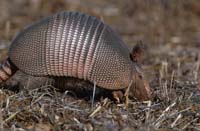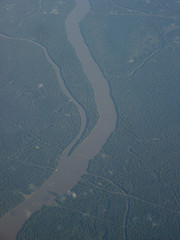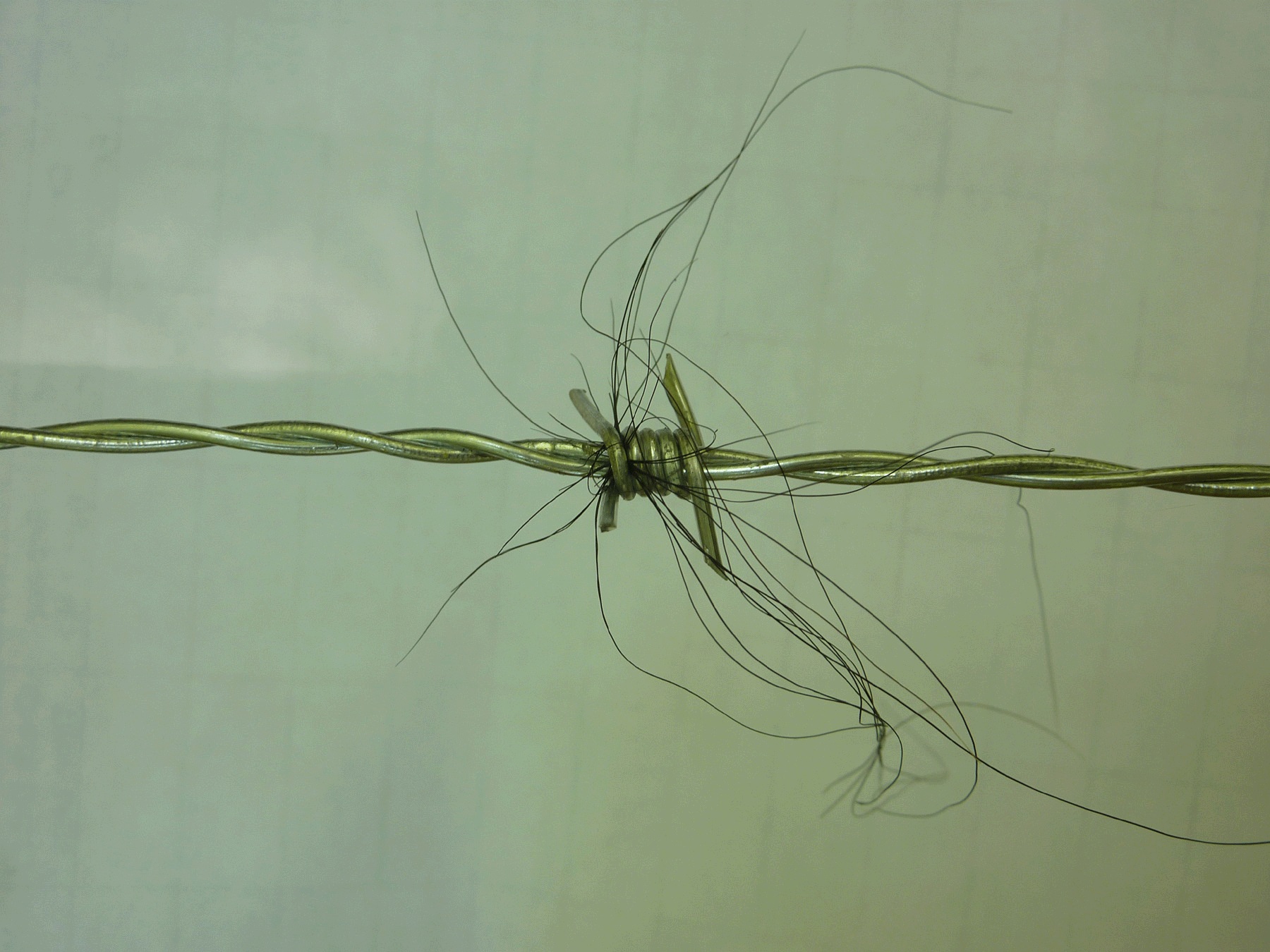 Black bears are back in northeastern Alabama and southern New Jersey, recent reports say.
Black bears are back in northeastern Alabama and southern New Jersey, recent reports say.
In Alabama, the return of black bears to northeastern Alabama has inspired studies of the species’ population dynamics in the state. According to a press release from the Alabama Department of Conservation and Natural Resources:
Research is currently underway in the Little River Canyon National Preserve, Talladega National Forest and the Mobile River Basin. Sampling for black bears in northeastern Alabama involves the deployment of hair snares and trail cameras. In the southern part of the state, EcoDogs are also a vital tool. The canines from Auburn’s EcoDogs program are capable of sniffing out and locating bear droppings. Once the hair and droppings are collected, they can be used to determine dietary habits, habitat use and population size.
According to the press release, the established population of black bears in northern Alabama is about 50, but black bears are moving into the northeastern part of the state from Georgia and Tennessee.
There appear to be more black bears in southern New Jersey as well, but the situation there is different. According to an article in the Philadelphia Inquirer:
“The population is too sparse to effectively survey them,” said Larry Herrighty, the Division of Fish and Wildlife’s assistant director of operations. Plus, he said, the cost to do so would be prohibitive because of the area involved.
This year is the third year that there has been a black bear hunting season in New Jersey, although that is only in the northwest corner of the state, the article says.
Read the Philadelphia Inquirer’s article here.
Read the Alabama Department of Conservation and Natural Resources press release here.
Photo: bear hair in a snare. (Could you even make something like that up?) Courtesy of the Alabama Department of Conservation and Natural Resources.

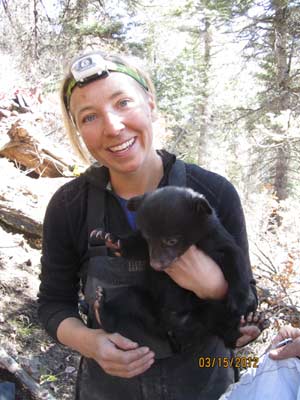
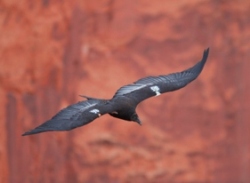
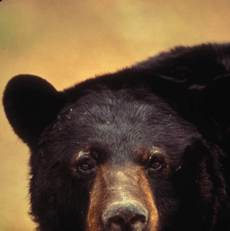

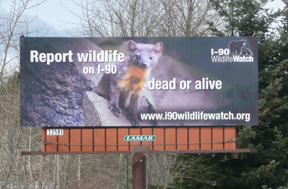 Spring is here and a bunch of wildlife surveys are underway around the country.
Spring is here and a bunch of wildlife surveys are underway around the country.